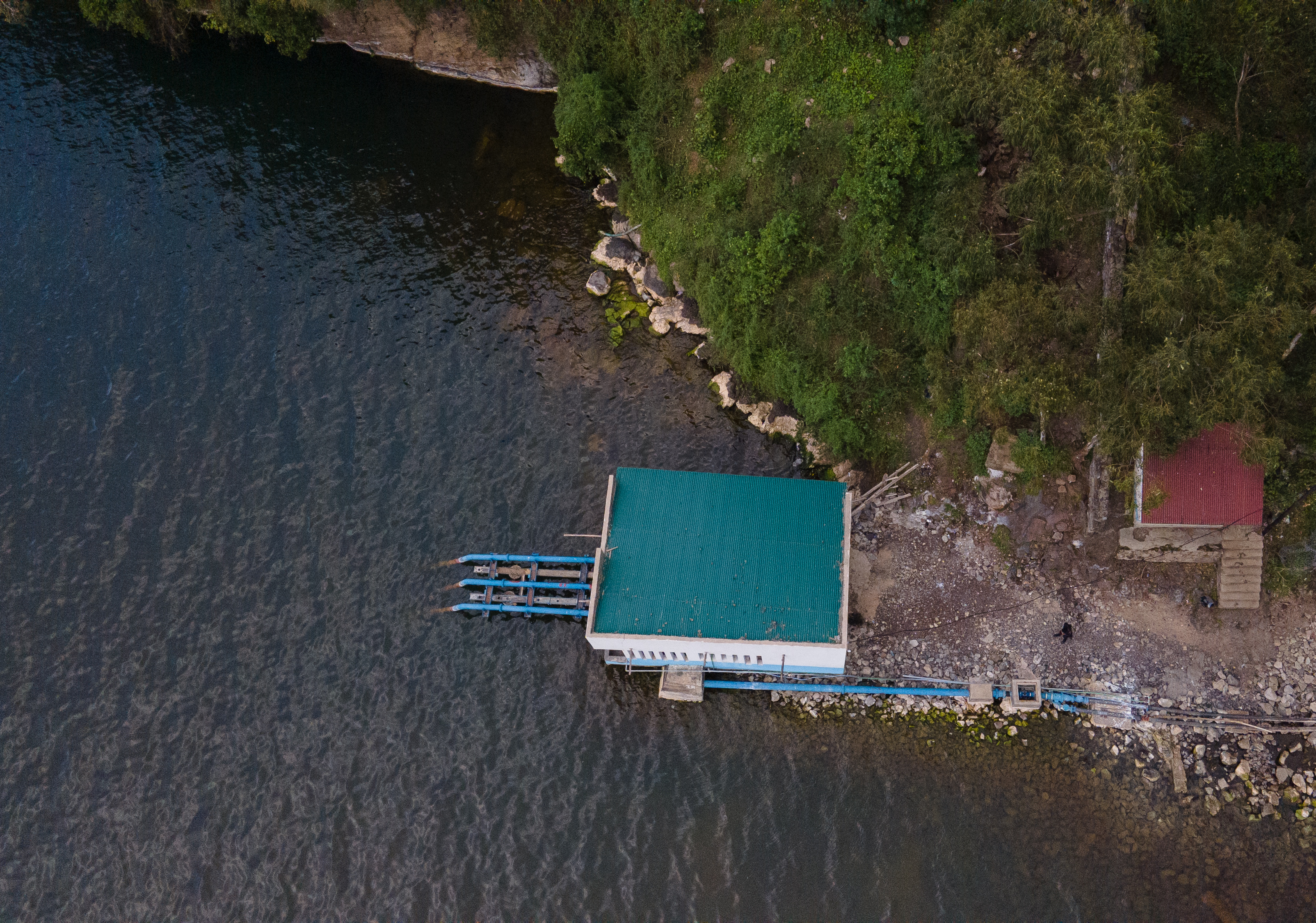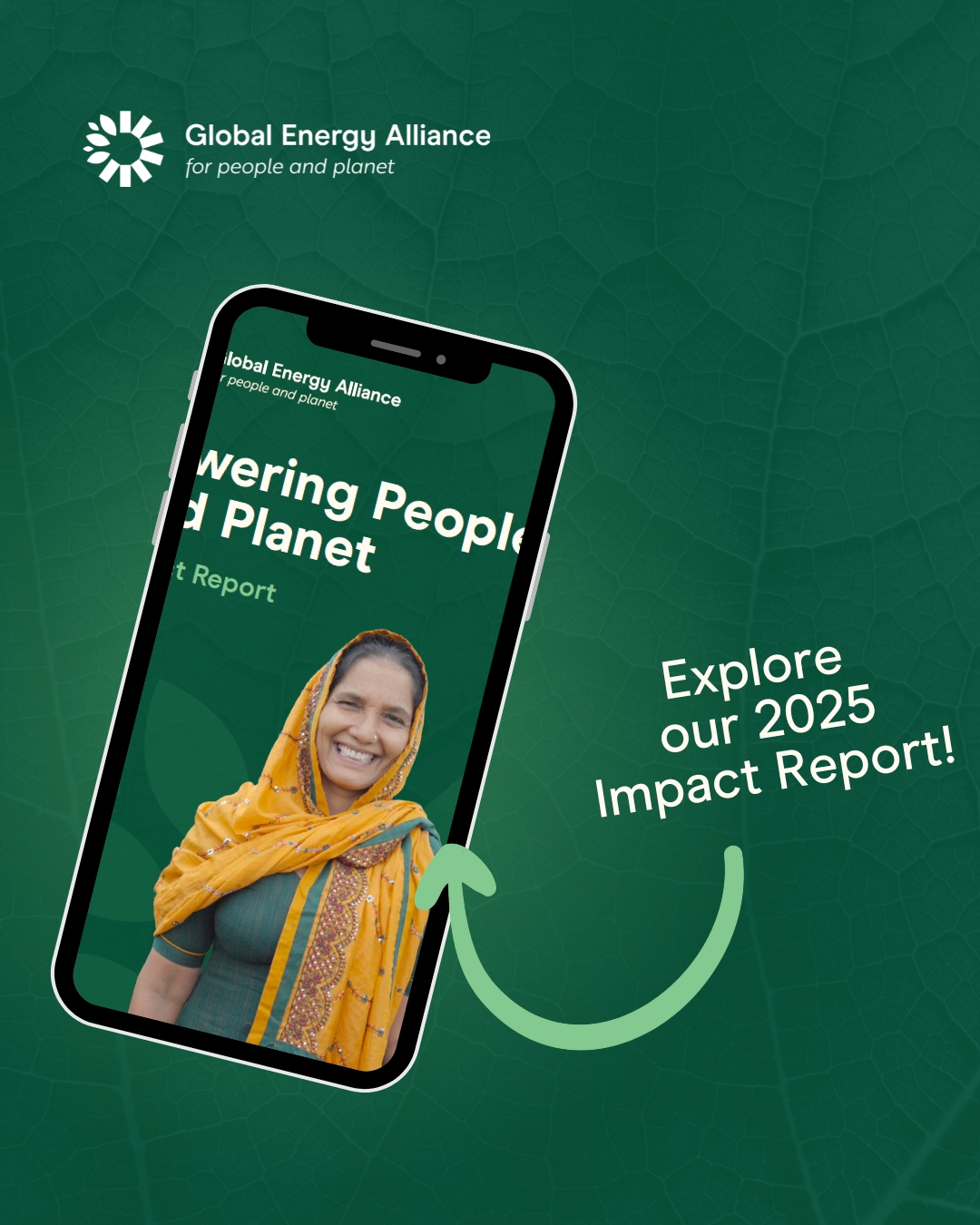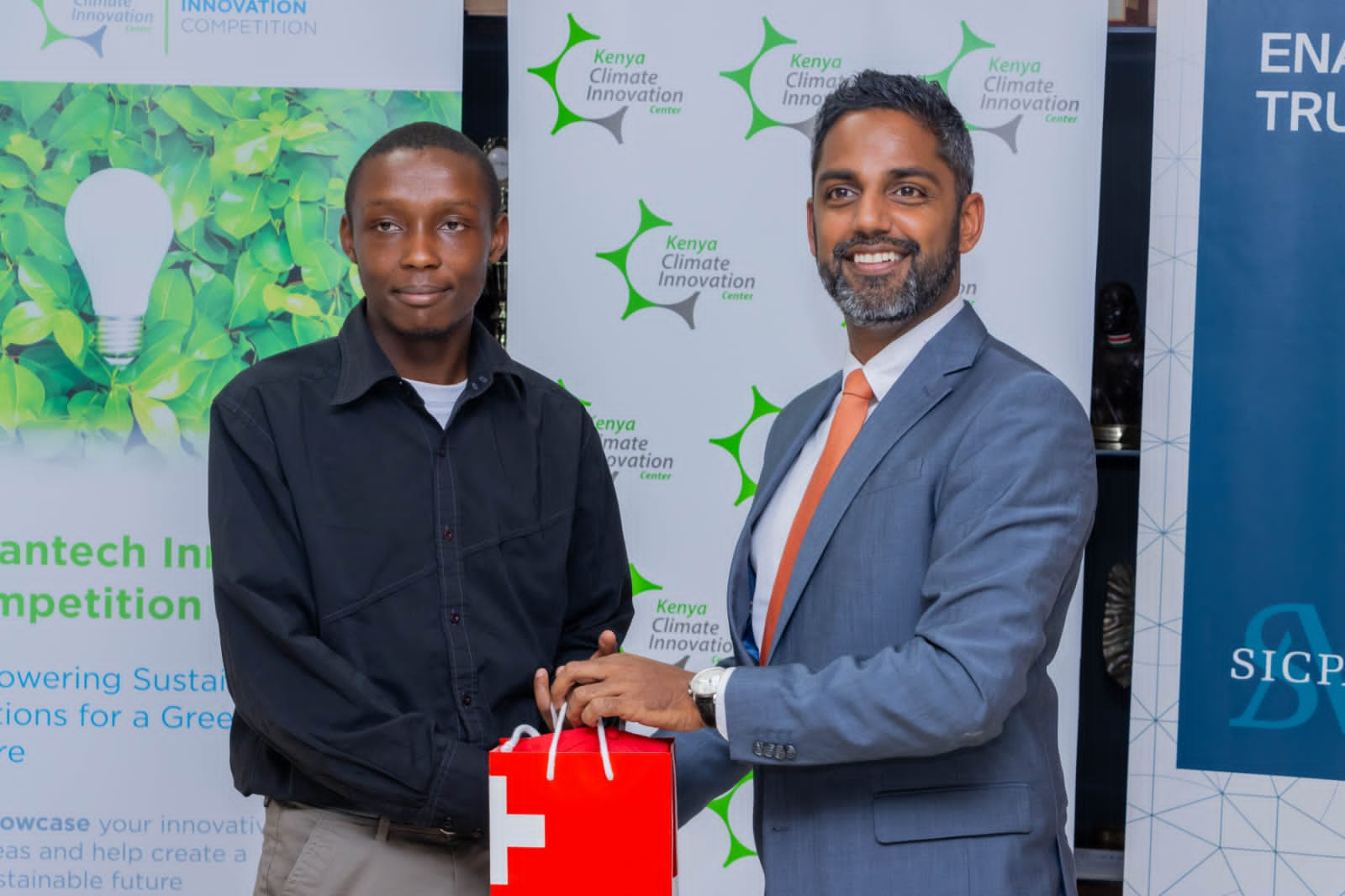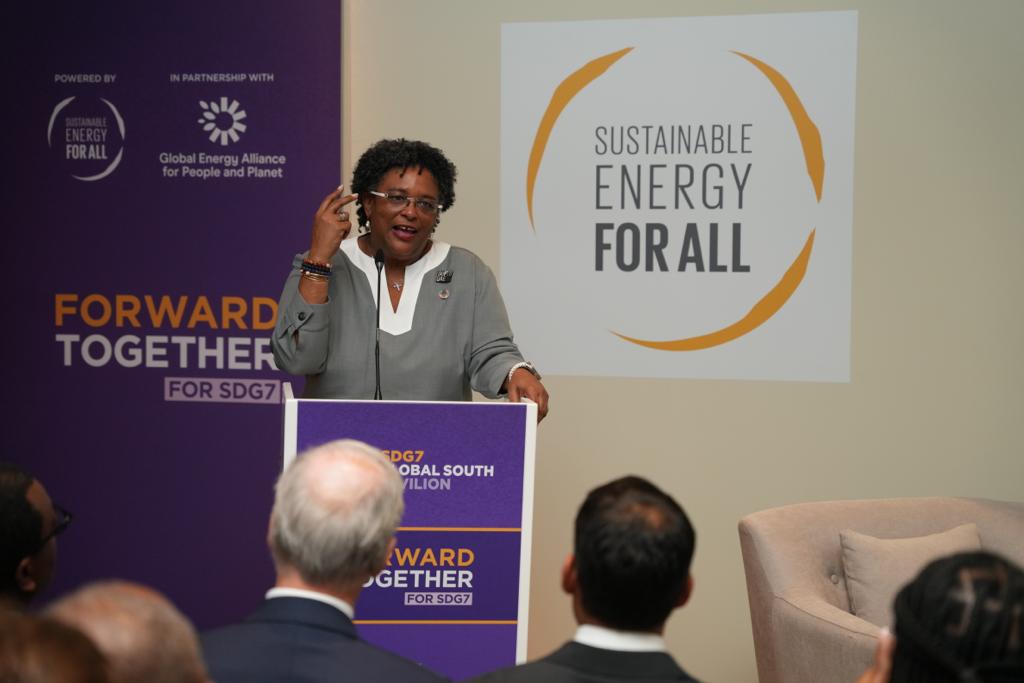What Africa’s largest hydro-solar-powered mini grid can teach us about innovative approaches to energy access

In Virunga National Park in Democratic Republic of the Congo, rainfall from the mountains feeds streams that flow into a vast network of rushing rivers – the lifeblood of this 3000 square mile natural wonder.
But the rivers don’t just support one of the world’s most diverse ecosystems. Since 2013 they have also given life to new businesses, schools, hospitals and 30,000 households that, for the first time ever, have access to clean and reliable power thanks to four thriving hydropower stations in the park.
The DRC possesses one of the world’s largest untapped reserves of potential hydropower, estimated at around 100 MW or roughly 13% of the world’s total hydropower capacity. Yet only 3% of this potential has been realized. At least 50 hydropower stations remain dramatically underused. Many more are not used at all. At the same time, more than 80% of DRC’s nearly 100 million-strong population lives without electricity — the second largest unelectrified population in the world. In a country that spans nearly 2.5 million square kilometers, there are less than 7,000 kilometers of electricity distribution network.

The DRC is home to 13% of the world’s hydropower capacity offering unparalleled potential to deliver clean power to millions of people and businesses.
At the heart of this paradox is a lack of investment. Dozens of hydropower plants were constructed during, and shortly after, colonial rule, but have since fallen into disrepair, as decades of civil war and political upheaval have made investing in the Congo appear too risky for most investors. And while there is an overwhelming need for electricity to improve lives and livelihoods and power economic growth, the ability of people to pay for that electricity is limited, complicating any energy provider’s business model.
At least that has been the story until now. On a mission to prove to would-be investors that developing DRC’s hydropower sector is a viable business opportunity, in 2024, the Global Energy Alliance for People and Planet helped connect Virunga Energies, the operator of the Virunga National Park hydropower plants, with Nuru, a local solar power company that was looking for a cleaner and more affordable alternative to diesel to provide back up power to its mini grid serving the nearby city of Goma. The Alliance helped broker a partnership between the two companies and in doing so, developed a business model that can be replicated across the region.
Thanks to the partnership with Virunga Energies, Nuru slashed its diesel dependence, increased its renewable energy mix from 54% to nearly 90%, and reduced its carbon emissions by an average of 88 metric tons a month. And Nuru is just getting started.
Since the hydro connection went live, over 150 new connections have been added, with 100 more planned. Nuru now serves more than 19,000 direct users with over 400,000 people benefiting through improved water infrastructure, telecom towers, and public streetlights. An estimated 3,700 people are employed by Nuru-powered businesses and organizations.
Access to reliable, affordable solar power is reshaping life in Goma. Business is booming for Yme Jibu, a local water service provider, which has been able to expand operations since moving off fossil fuel-powered generators. “With this large station, we can supply 87,000 people with potable water,” said Christophe Magando, the company’s commercial manager.
This isn’t just a local success story. It’s a compelling business case for potential investors and resounding proof that hybrid, distributed energy systems can be commercially viable in fragile and underserved markets.
What Nuru and Virunga Energies have built, with catalytic funding and the convening power of the Alliance, is a model for what the grid of the future can look like — one built not from top-down megaprojects, but by a network of distributed, interconnected renewable systems. Power from Virunga’s hydroplant, once woefully underutilized, now flows directly into Nuru’s solar-powered grid. Clear power purchase agreements ensure cost recovery and bankable revenue streams, setting a precedent that the private sector can now scale up.
Now is the moment for commercial banks, development finance institutions, and concessional lenders to step forward. Refurbishing the more than 50 existing hydro sites in DRC is the first priority. Next, financing solar add-ons and battery storage will smooth seasonal variability and break diesel’s grip. Finally, supporting robust power purchase agreement structures and demand aggregation mechanisms will de-risk revenue streams and attract private capital at scale. GEAPP and Nuru stand ready to share detailed data, technical learnings, and partnership frameworks with any organization interested in funding or deploying solar-hydro mini grids in the DRC.
Authored by: Dennis Nderitu, Director, Energy Systems, GEAPP and Kyle Hamilton, Senior Manager, Strategy and Partnerships, Nuru



